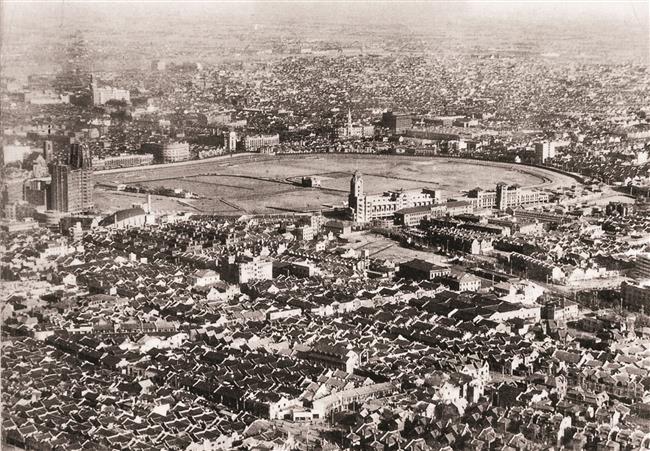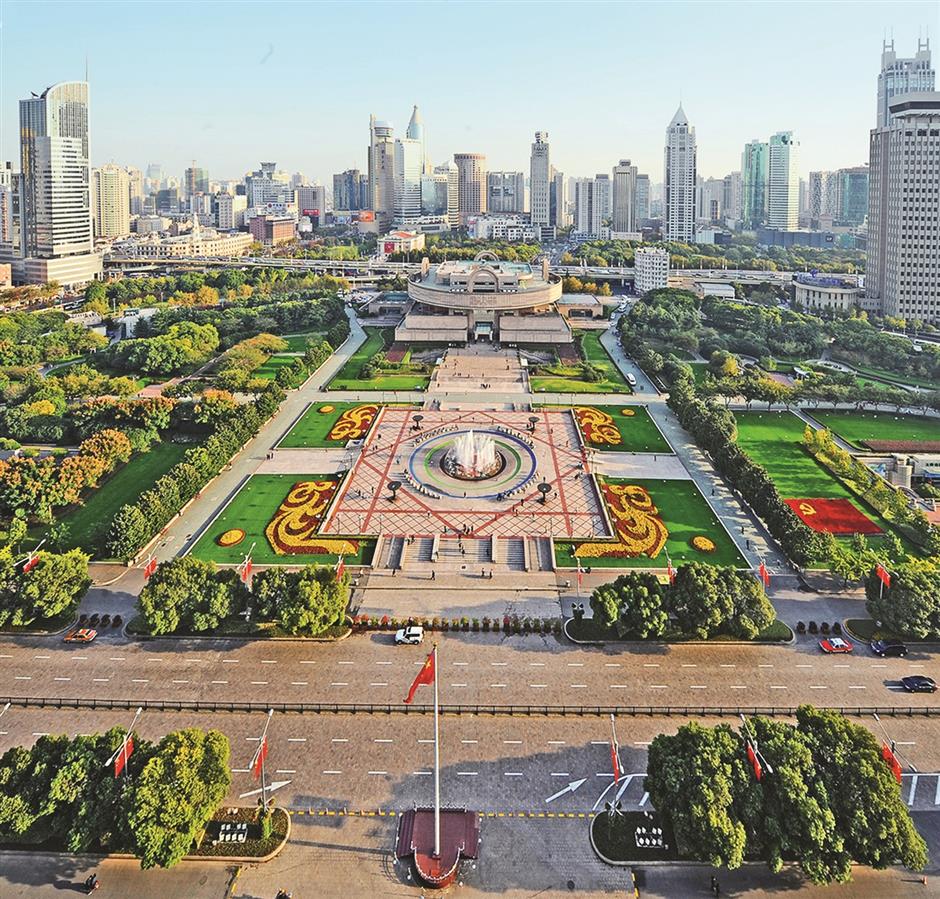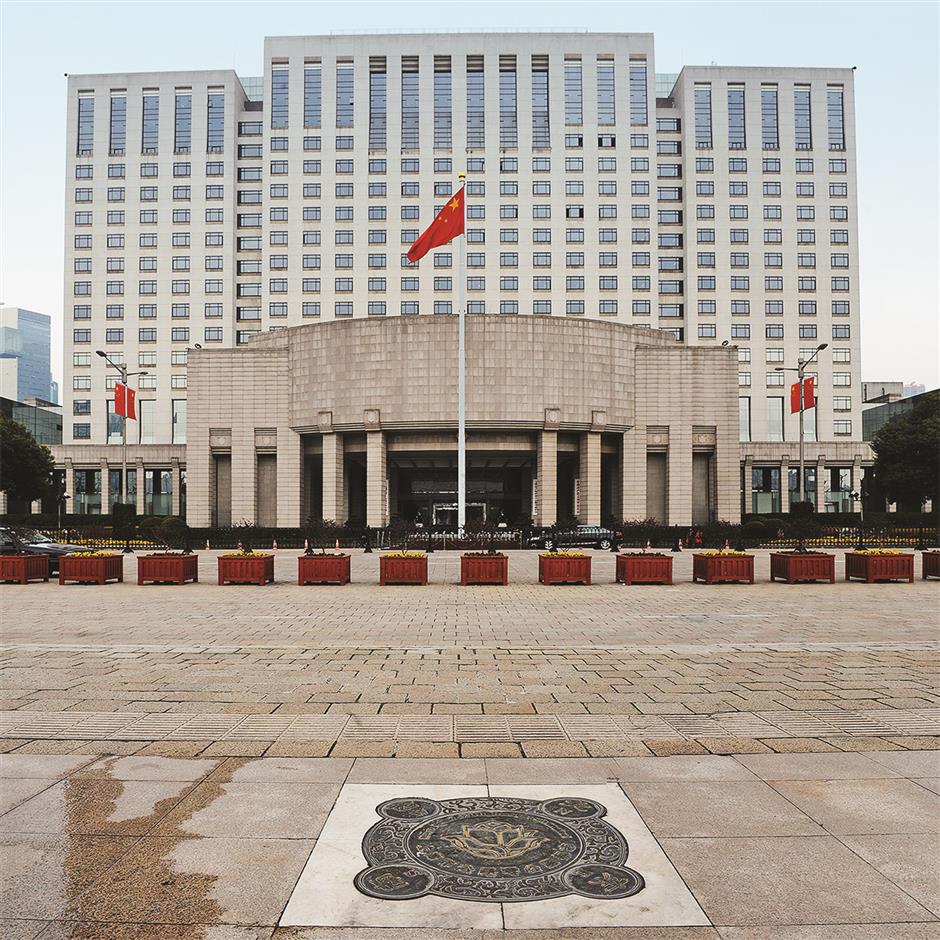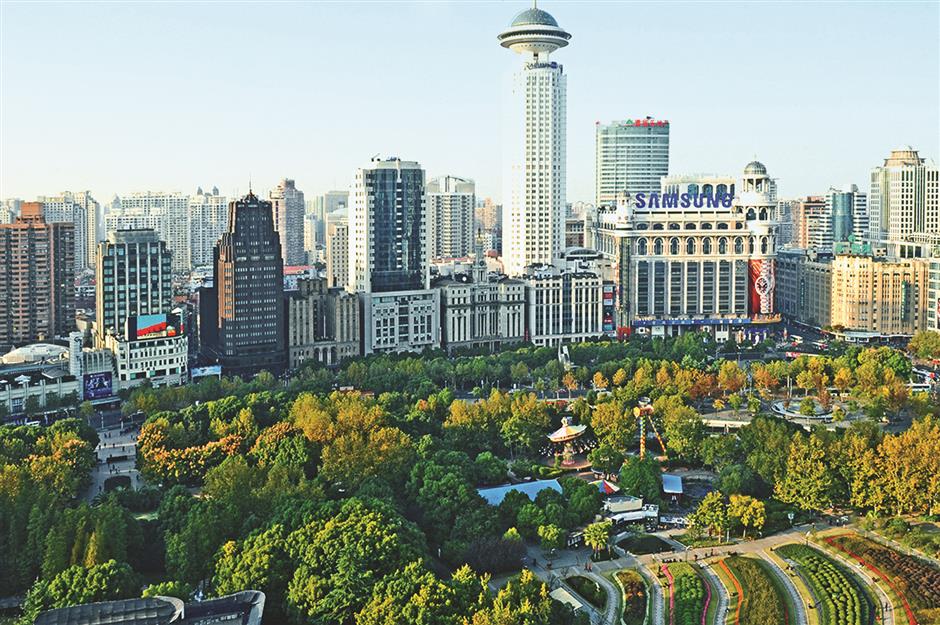People's Square and People's Park: the pulsating heart of the city
People’s Square, the geographical epicenter of Shanghai, represents more than mere urban space.
It is the “zero point” of the city, nestled among landmarks like the Shanghai Museum and Shanghai Grand Theater.
More than just an administrative and cultural hub, the square is a nexus of urban activity, located near to the bustling shopping area of Nanjing Road and the cultural amenities of Fuzhou Road.
The founding of the People’s Republic of China in 1949 marked a turning point for the square. The city government decided to close the elite Shanghai Race Club and earmark the grounds as a place for all people to enjoy.

The racecourse in the 1930s
In 1951, work began to transform what was once a symbol of wealth and imperialism into a grand cultural park.
Initial construction was primarily focused on remodeling rather than extensive building. Key developments included the construction of the People’s Avenue and infrastructure improvements to facilitate public gatherings and parades.
Indeed, the landmark square has witnessed monumental celebrations, including the first National Day celebration in 1950, which attracted a crowd of 700,000. This event symbolized not just national pride, but also a moment of joy and hope after years of turmoil.
Over the decades, the area has hosted diverse activities that embodied daily life, from sports and chess competitions to the popular pastime of cricket fighting.

Featuring a sunken circular fountain, a central plaza called Light of the Huangpu River is at the heart of People’s Square, which has a symmetric design.
Shanghai’s rapid development since the 1990s wrought more changes to the square, including both underground facilities and ground-level landscaping focused on a harmonious balance of leisure, culture and commerce.
The square’s design emphasizes symmetry, with major buildings and landmarks aligned along a central axis, reflecting the area’s significance as the city’s “zero point.”
At the heart of the square lies a central plaza called Light of the Huangpu River. The centerpiece is a sunken circular fountain, integrating sound, light and color with a marble mosaic map of Shanghai. Peace doves wandering in the area and stone seating provide a peaceful atmosphere for passers-by.

The “zero point” marker of highways is on the sidewalk of People’s Avenue beside the central plaza.
Adjacent to the square is People’s Park, which has evolved over the years into an urban design embracing history, environmental sensitivity and recreation.
The park is home to idiosyncrasies emblematic of the daily interests of residents. There is an “English corner” where Chinese in droves once practiced their language skills by talking to foreigners, a “tai chi corner” popular with the elderly and a “marriage market” where parents engage in matchmaking efforts on behalf of their single children.
At the site, parents display profiles of their children, fixed to boards or umbrellas. The matchmakers exchange information such as age, appearance, education, income, housing and family background. Profiles of daughters typically highlight education and appearance, while male profiles focus on height and housing.

People’s Park is a slice of green in the heart of Shanghai.
Shanghai resident Cai Kang recalls groups of people gathered by a creek inside the park to share English-learning experience. Each group was led by a speaker discussing topics such as etymology, leading to lively discussions among listeners.
The “tai chi corner,” which dates back to about 2011, attracts not only locals but also foreigners interested in the ancient Chinese practice. The corner was supported by martial arts masters such as Yang Yongyi, a nonagenarian who shared his lifelong tai chi experience in a booklet distributed to fellow enthusiasts.
Both People’s Square and People’s Park stand as testament to Shanghai’s journey from a colonial past to a modern metropolis. They are the pulsating heart of a city that continues to evolve and enchant.
















